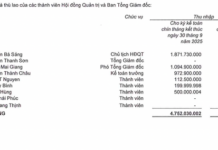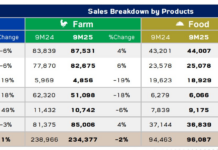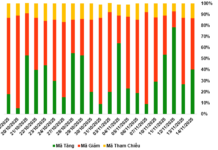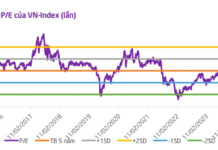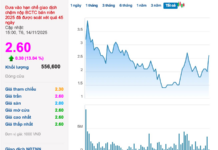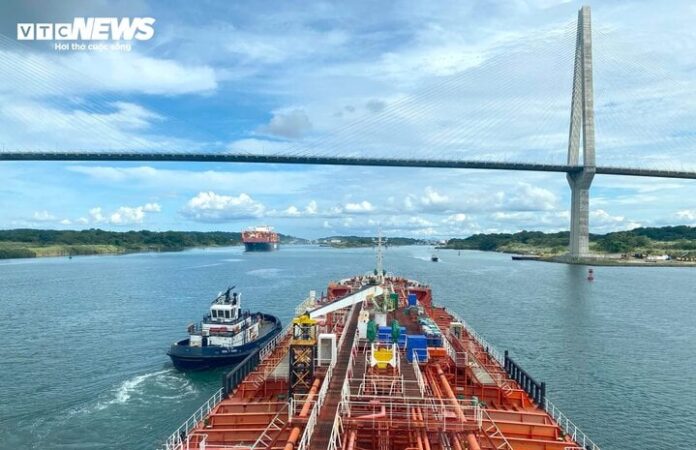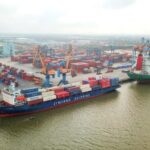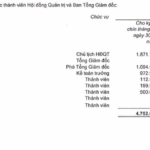Vietnamese Businesses Face Survival Challenges
Economic expert and TS. Vo Tri Thanh analyzes the potential risks if sea freight rates continue to surge in the long run: ”
Vietnam has a highly open economy, with significant imports and exports. Vietnamese businesses have trading relationships with partners worldwide. Thus, a prolonged increase in sea freight rates or logistics costs could lead to disruptions in the supply chain.
Additionally, this situation directly impacts businesses’ profits. The cost of goods increases depending on the destination market, while pre-signed contracts result in a lose-lose situation: selling at a loss or failing to fulfill commitments leads to losing customers.”
Mr. Thanh further states that a prolonged surge in sea freight rates will inevitably be reflected in commodity prices, as it is a significant input cost. This, in turn, would reduce the competitiveness of Vietnamese goods in export markets. Conversely, in the case of imports, higher sea freight rates also lead to more expensive raw materials, subsequently increasing the price of processed products. If this situation persists, it could impact inflation due to a domino effect on various sectors and industries.
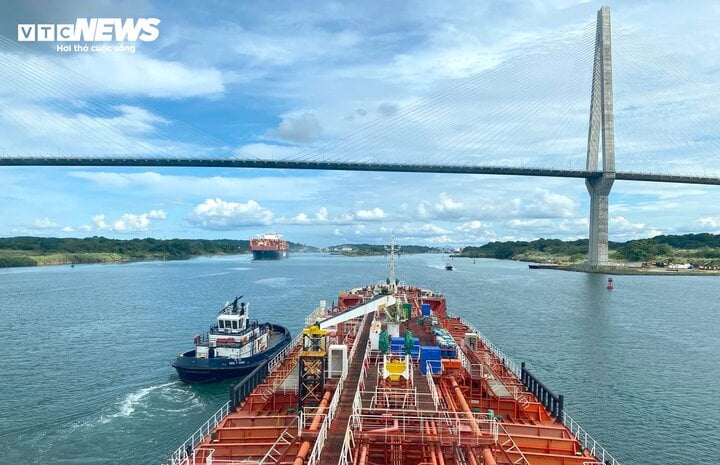
Soaring and prolonged high sea freight rates pose survival challenges for businesses. (Photo: T.T)
Mr. Thanh points out that Vietnam’s logistics industry is currently very weak. 95% of exports rely on foreign shipping lines. Only a handful of large domestic sea transport companies exist. Therefore, in the long run, sea transport logistics needs attention and development to meet the demands of domestic businesses.
Sharing the same view, PGS.TS. Dinh Trong Thinh asserts that the recent surge in sea freight rates has already caused significant difficulties for Vietnamese import-export businesses.
For exporting enterprises, the increase in logistic costs is directly added to the export product’s price, reducing its competitiveness and creating disadvantages in the market. Notably, with these high prices, Vietnamese businesses also find it challenging to seek new markets to expand their production and business activities.
“The increase in the price of export goods from Vietnamese enterprises will reduce their competitiveness in the international market compared to their competitors. If this situation persists, Vietnamese enterprises may be excluded from the global supply chain due to failing to meet price and delivery time requirements.”
“Additionally, the surge in sea freight rates will put enterprises under immense pressure regarding payments, potentially leading to a shortage of working capital. With reduced cash flow, businesses will find it challenging to invest in improving production capacity and technological innovation,”
Mr. Thinh added.
Regarding imports, the cost of raw materials also increases due to higher logistics costs, which may force enterprises to produce at a slower pace or even halt production due to a lack of capital to import more raw materials. This situation directly impacts businesses and the overall development of the economy.
“When sea freight rates rise, the cost of imported raw materials also increases, pushing up production costs. In addition to freight rates, other logistics-related costs, such as loading and unloading fees and goods insurance, are also on the rise, creating immense pressure on businesses. With all these increased expenses and significantly reduced profits, enterprises may fall into a loss-making situation,”
Mr. Thinh analyzed.
Accumulating Disadvantages
Economic expert Bui Trinh also states that when sea freight rates rise sharply, Vietnamese import-export businesses have only four options: raising product prices, reducing profits, cutting other expenses, or the undesirable last resort of bankruptcy if they cannot withstand the pressure.
“Among these four options, each path holds disadvantages for businesses. However, this is a global situation, and Vietnamese businesses have no choice but to accept the game’s rules without any countermeasures,”
said Mr. Trinh.
According to the expert, to cope with the surge in sea freight rates, there needs to be support from the government to minimize other costs for businesses to compensate for the extremely high freight charges they are currently bearing.
Mr. Dang Phuc Nguyen, Secretary-General of the Vietnam Fruit and Vegetable Association, expressed his opinion:
“Sea freight rates significantly impact Vietnamese import-export businesses, especially for countries with which we have not signed free trade agreements (FTAs). Typically, these countries impose taxes based on the price of goods and freight rates. High freight rates also contribute to higher taxes.”
“For countries with which we have signed FTAs, although taxes do not increase, higher freight rates still lead to higher product prices. The most visible and immediate consequence is a decrease in market demand for Vietnamese goods.”
Meanwhile, Mr. Truong Quoc Hoe, Secretary-General of the Vietnam Association of Seafood Exporters and Producers, warned that the surge in sea freight rates is an opportunity for some shipping lines to take advantage of the situation for their gain.
“They own a large number of ships. But when times get tough, they withdraw some ships to create a shortage. This forces enterprises that need to export or import on schedule to accept the high freight rates easily. Additionally, the current tense situation, with high demand and scarce supply, makes it challenging to negotiate and collaborate with shipping lines to ‘share’ the difficulties faced by exporting enterprises,”
Mr. Hoe said.

With soaring sea freight rates, businesses have limited options: raising product prices, reducing profits, cutting other expenses, or facing bankruptcy. (Illustrative image: Vietstock)
A captain from the PVT Mercury ship team confirmed that freight rates have increased significantly due to changes in routes.
“The unrest in the Red Sea has led to changes in sea transport routes. For routes passing through this region, ships have to detour around the Cape of Good Hope (South Africa), resulting in a 13-15 day extension in transportation time and, consequently, higher transportation costs.
If customers still want to take the route through the Red Sea to save time, a few ship teams will accept it, but the crew will undoubtedly demand a much higher price for this dangerous journey,”
he said.
VinFast’s Success Leads the Way for Vietnamese Businesses to Conquer the Global Market
VinFast’s listing on the US stock exchange not only provides an opportunity for the company, but also inspires a strong sense of empowerment among young Vietnamese entrepreneurs. It affirms that dreams and ambitious visions are not bound by geographical limitations.












